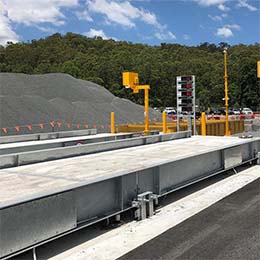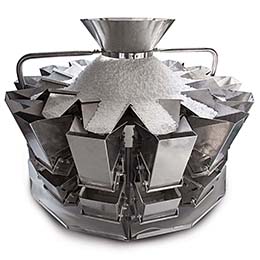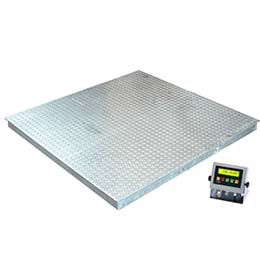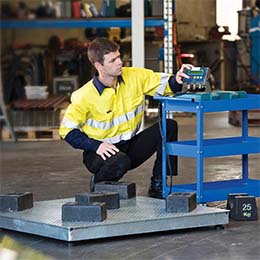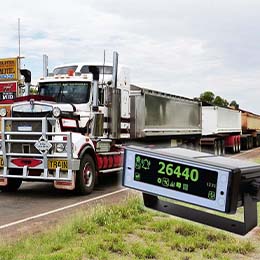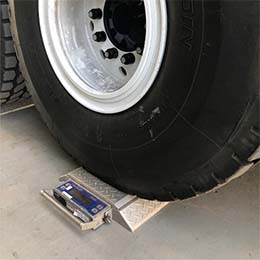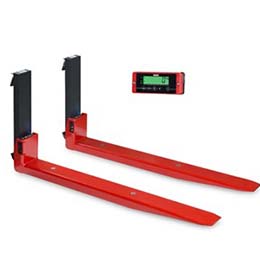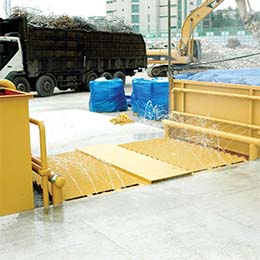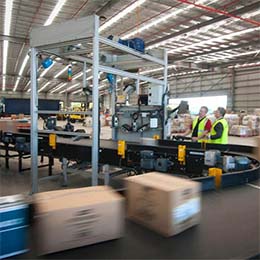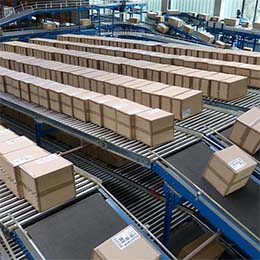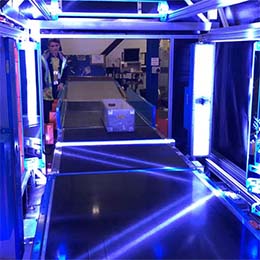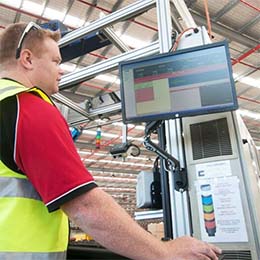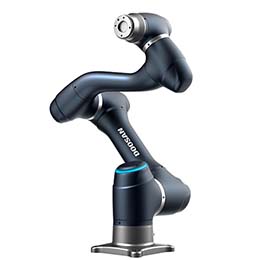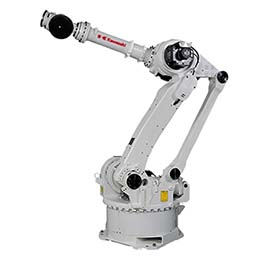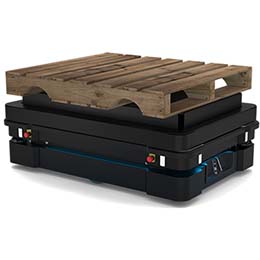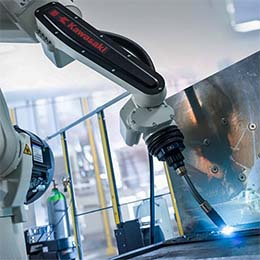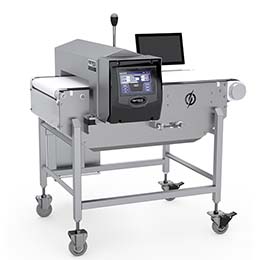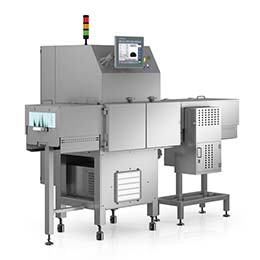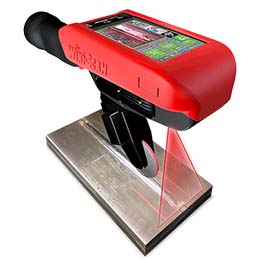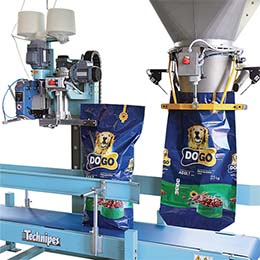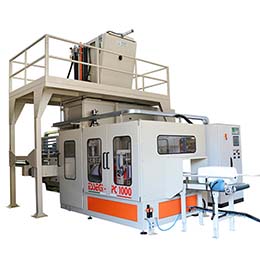There’s no escaping the fact that overloaded trucks pose a serious safety threat to road users.
If a truck load exceeds its legally permitted limits, the likelihood of traffic accidents and infrastructural damage is increased. And accidents involving HGVs are likely to have more severe consequences. And as road safety deteriorates, all road users are under increased and unnecessary risk.
These are a few of the reasons why overloaded trucks are unsafe:
- Overloading leads to vehicle instability
- Excess weight puts strain on the truck’s brakes and can reduce and even damage, the vehicle’s braking system
- Overloaded trucks are harder to manoeuvre
- An overloaded truck can become under-powered, resulting in longer over-taking times
- Overloaded vehicles may speed down hills
- There’s a greater risk of tyre blowouts due to overheating of the tyres from the excess load
- They pose a threat to infrastructure such as bridges, pavements and road surfaces which can put other road users at risk
Ttruck safety can be improved significantly using weigh-in-motion (WIM) technology which enables axle weights and gross vehicle weights of trucks to be captured, recorded and evaluated while the vehicle is moving. Operations aren’t disrupted and vehicles can be screened in the traffic flow, efficiently and accurately.
WIM is an area that has seen significant technological innovations since the early days of static scales and there are now several different systems in use which include low speed weigh-in-motion (LS-WIM) systems, high-speed weigh-in motion systems (HS-WIM) and on-board truck scales.
There are several key reasons why WIM technology has been able to play a key role in improving truck safety.
Enforcement
WIM motion systems have substantially increased the ability of authorities to enforce penalties for truck overloading. Some systems, such as the Free of Axle Detector (FAD) Bridge Weigh-in-Motion system can be installed and maintained on bridges without the need for any road closures, which increases safety. Drivers also can’t detect the system, which is a significant advantage when it comes to enforcement.
Pre-selection and early warning
WIM technology can be used for pre-selecting vehicles which potentially transgress loading limitations, monitoring overloads with warnings then issued to the transport companies involved. This has proved to be very effective in reducing the incidences of overloading – with some countries recording reductions of up to 50%.
Continuous evaluation with on-board WIM
On-board truck scales provides continuous information about gross vehicle mass and axle limits, which significantly reduces the likelihood of overloading and therefore improves truck safety.
Greater awareness of dangers of overloading
WIM technology has advanced significantly in recent years and has become more affordable, more accurate and easier to install and as a result, it has become more prevalent. Vehicle operators and drivers who overload their trucks are more likely than ever to get caught – and this has led to greater awareness of the road safety risks that overloaded trucks pose and fewer transgressions.
Weigh-in-motion technology is a very useful tool when it comes to ensuring compliance with vehicle mass regulations. There’s no doubt that WIM technology has contributed – and will continue to contribute – to a reduction in the number of overloaded trucks on the road network and that it enables safer and more efficient operation of trucks.
If you want to improve your truck safety with accurate and affordable weigh-in- motion technology, you should talk to AccuWeigh, Australia’s largest supplier of weighbridges, weighing equipment and product inspection equipment. We have cemented our market leadership by focusing on innovation and design, offering a wide range of proven technologies, efficient and capable implementation and professional technical support. You can access our industry experience by contacting us today.

